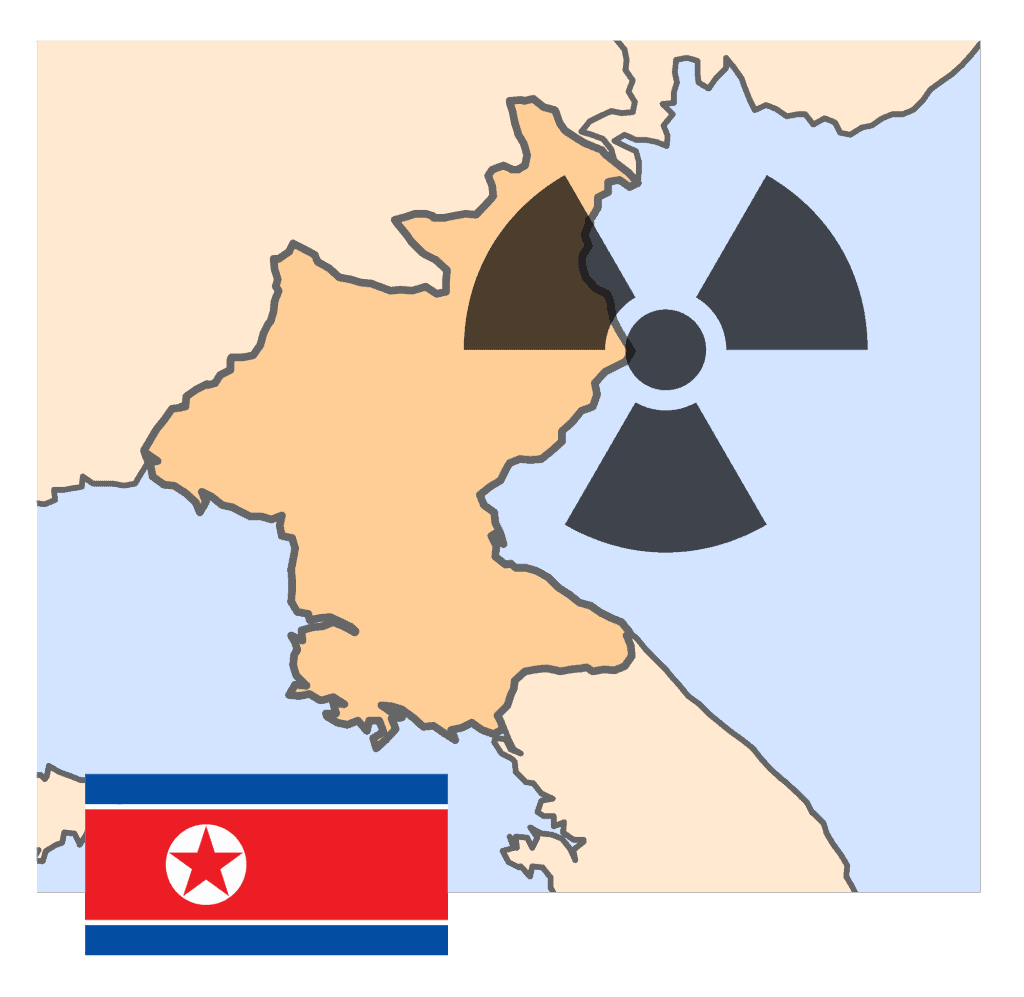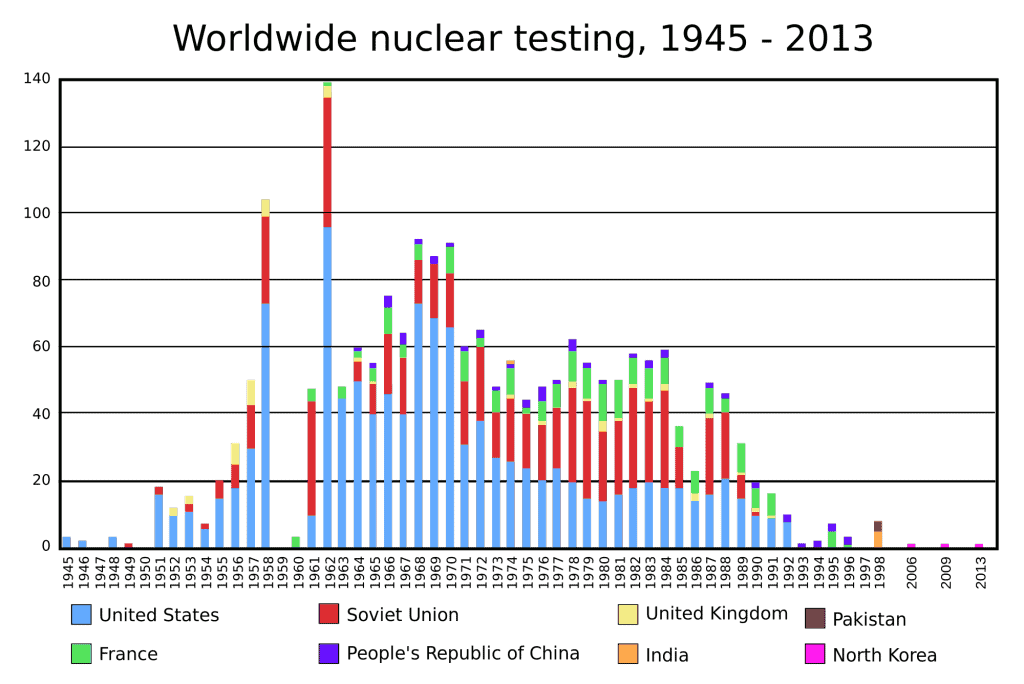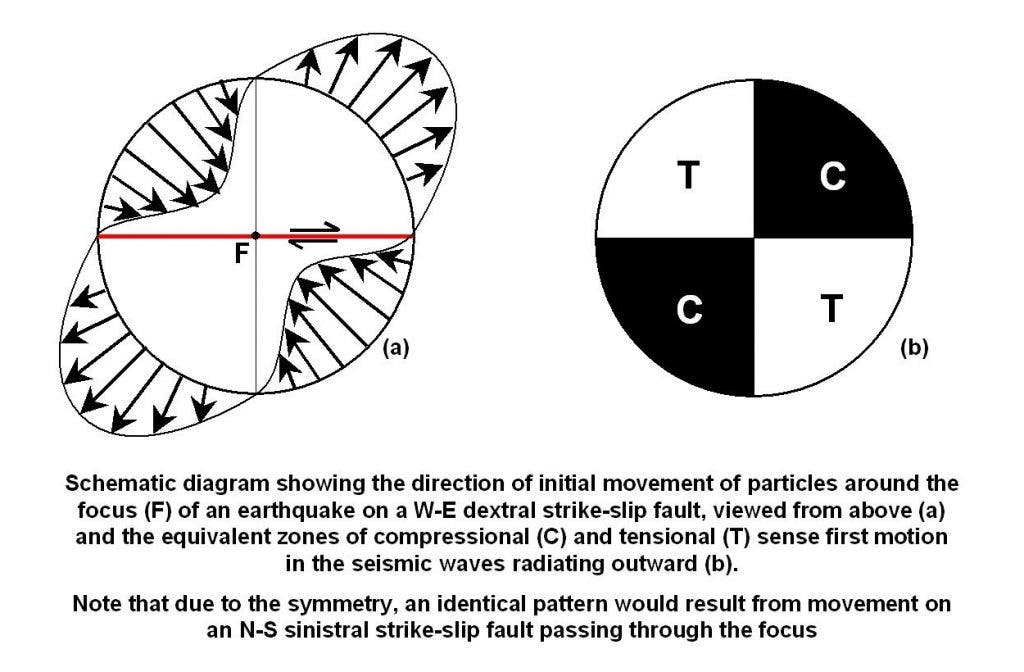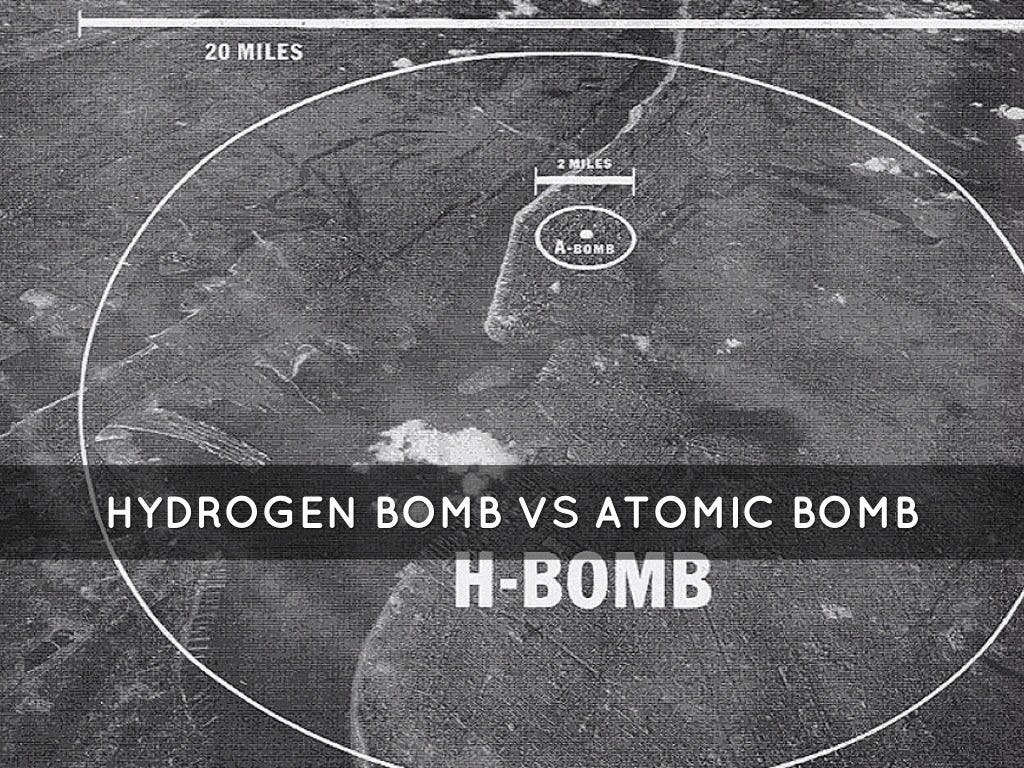North Korea recently announced that it tested a massive H-bomb, one that’s “capable of wiping out the entire United States”. While the latter is certainly not true, there is reason to believe that that they did test some kind of bomb. How do we know? Science.
Bombs and Earthquakes

According to the Treaty on the Non-Proliferation of Nuclear Weapons, commonly known as the Non-Proliferation Treaty, no country is allowed to test nuclear weapons. But in order for that treaty to function, we need a way to verify it. You may be surprised to hear that the answer is “seismology” – we know when nukes are tested by studying earthquakes.

Whenever an earthquake takes place, waves start propagating. There are three main types of waves: P (primary), S (secondary) and Surface Waves. P waves are pressure waves formed from alternating compressions and dilations propagating longitudinally. When an earthquake strikes there is both compression and dilation around the focal mechanism, but when a bomb strikes, all the force is blasted around the impact, creating only compressions.
“As the bomb is detonating, it’s compressing the rock immediately adjacent to it, and that propagates out to the recording stations” as Pwaves, said Douglas Dreger, a seismologist at the University of California, Berkeley. The first wave to reach the seismometer generates an “up” signal. Seismologists use the term “up” because the ground actually moves up when the compression phase of a P wave arrives and the squeezed underground rock and soil juts upward at the surface.

Researchers plot the up and down signals from the P wave on black and white diagrams called focal mechanism plots. These plots can indicate the direction in which the wave is traveling after a shock, and would be half black and half white for earthquakes. In the case of bombs, they’re completely black – and this was the case for Korea.
Seismology can’t know what type of Bomb it is
So, through seismology, we know that North Korea did test a bomb. We can also calculate the magnitude the earthquake. This explosion, coming in at 5.1 magnitude is likely below the magnitude a hydrogen bomb would produce, said Brian Stump, a seismologist at Southern Methodist University in Dallas, Texas.
But this is where the uncertainty pops in. There are two types of nuclear bombs: A-bombs and H-bombs and the difference between them is highly nuanced. Broadly speaking, A-bombs are fission weapons that create smaller explosions – of “only” equivalent to tens or hundreds of thousands of tons (kilotons) of TNT. H-bombs are fusion boms that can reach up to tens of millions of tons (megatons) of TNT.

Now again, speaking simply, you can have bigger A-bombs and smaller H-bombs. You can have an H-bomb that does create fusion, but for which most of the energy comes from non-fusion sources; is it still an H-bomb? Some would argue that yes, some would argue that no. You can’t know without conducting radioactivity measurements. But since North Korea conducted their test underground, all the radiation is trapped and we can’t know.
The conclusions

So, North Korea definitely tested some kind of bomb — we know this with a great degree of certainty. It may have been a small fusion bomb, a larger fission bomb, some hybrid bomb or something completely different; we can’t know for sure at the moment. You can usually class everything North Korean officials say under “hogwash” but they probably did test an H-bomb. Just not the kind of H-bomb most people are thinking of.






